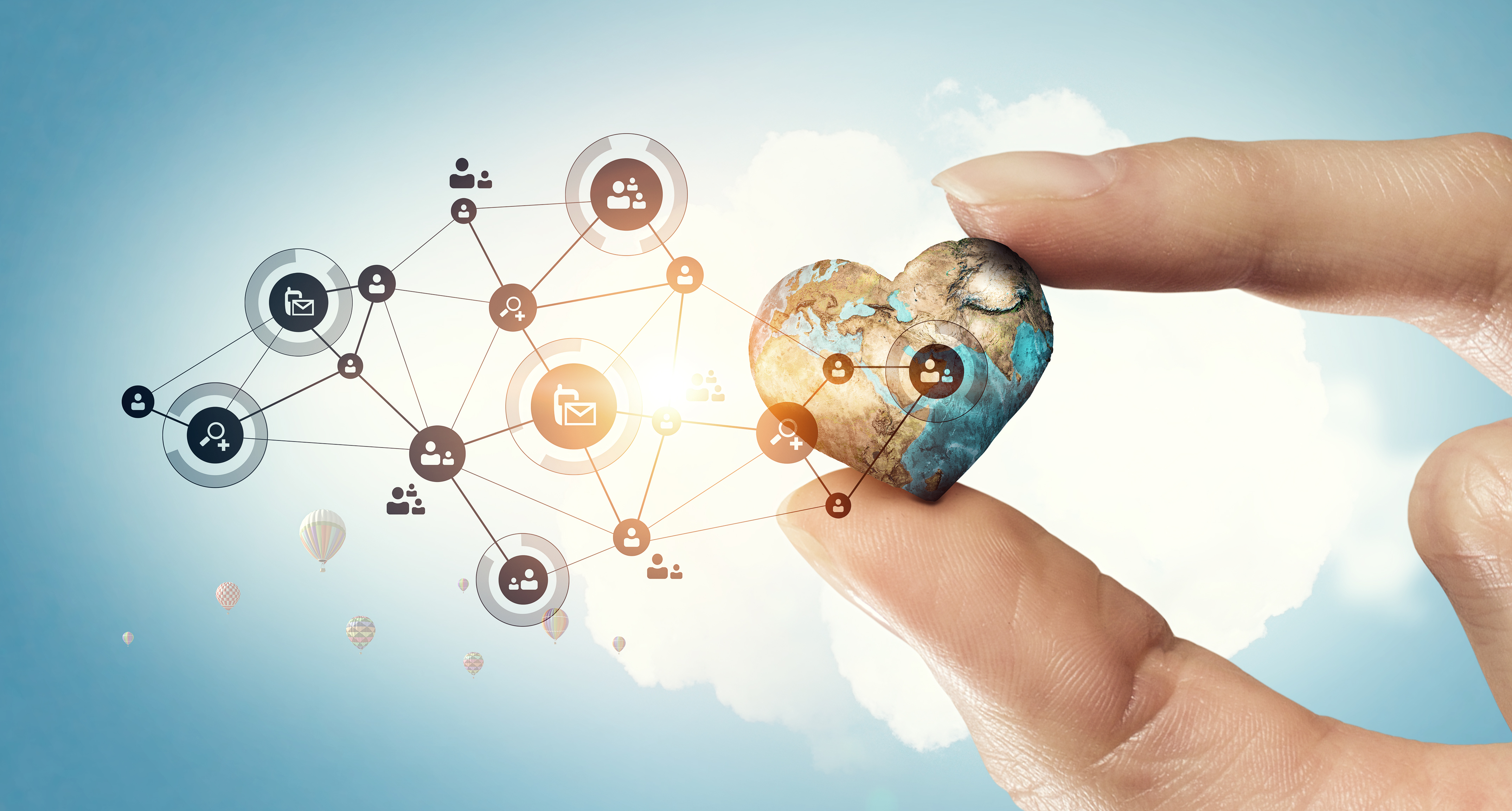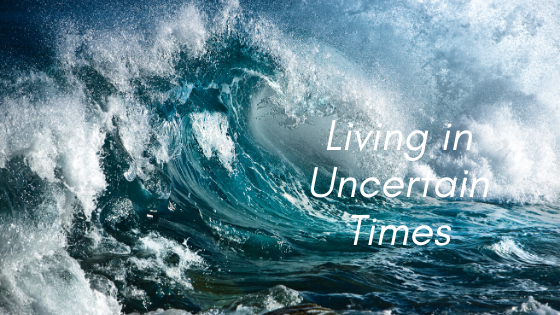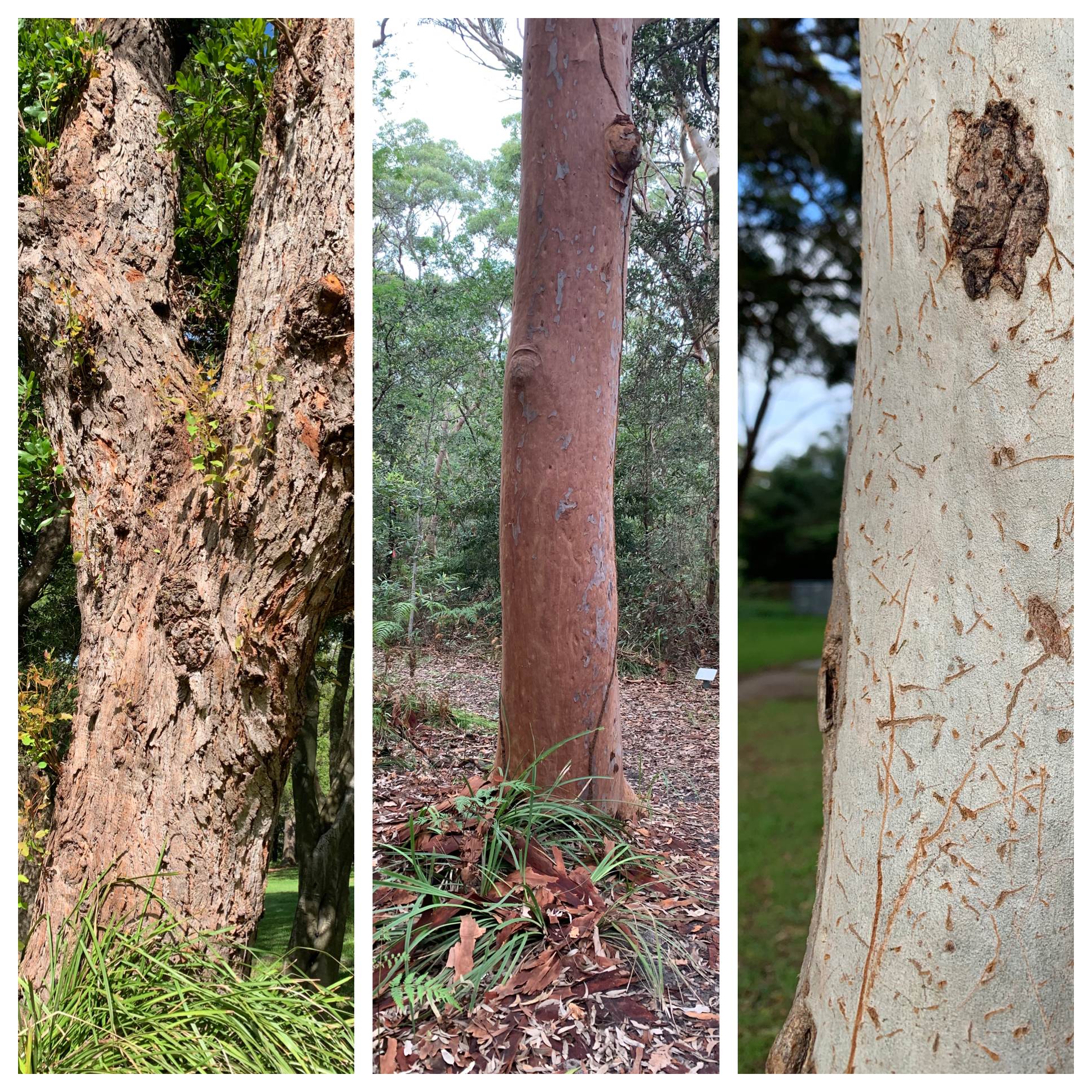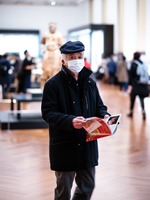Social Connection is critical to our Wellbeing
 Thursday, May 7, 2020 at 2:38PM by
Thursday, May 7, 2020 at 2:38PM by  Trisha Carter
Trisha Carter  It was the third week of March and Australia was beginning to hunker down as COVID19 numbers increased. I was having a coaching conversation with a regular client who had moved to Australia for work and career development. We were discussing how quickly things were changing at work and in society. We discussed Social Distancing.
It was the third week of March and Australia was beginning to hunker down as COVID19 numbers increased. I was having a coaching conversation with a regular client who had moved to Australia for work and career development. We were discussing how quickly things were changing at work and in society. We discussed Social Distancing.
We both expressed a strong dislike for the words that WHO and the Australian Department of Health were using to advise us to stay safe. He acknowledged his collective cultural background and how important it was to him to be connected to people, to stay close not distant. At home, he felt close to many people, family and friends, and had been enjoying building close relationships here in Australia.
I suggested we change the words in our minds so that we thought of Physical Distancing while staying Socially Connected.
As the weeks have flown by I’ve thought of that as I’ve helped people reflect on what they are doing to support their wellbeing.
We all know that Connecting is critical for Wellbeing.
Both the connections where we share deeply, acknowledging our pain or joys and the lighter connections over shared humour or fun events.
Both the people who are a part of our intimate circle -family or close friends and colleagues, and those casual connections, whose names we may not know but we greet regularly in passing.
Psychologists have shown both these deep ties and the weak ties are important for healthy functioning.
We cannot survive and thrive, as individuals or as a society, if we are truly socially distant.
Six weeks onwards how are we going at staying Socially Connected?
- Are we showing up and opening up; being honest about both our joys and challenges to those in the inner circle of our deeper ties?
- Are we still sharing the memes and tik-toks, sharing the laughter and the lighter side of this strange life?
- Are we continuing to smile and greet those we walk past on our exercise route, or in distant queue at the coffee shop?
- In our virtual meetings and conversations, are we checking in with honesty?
- Asking for help when needed?
- For those of us who are introverted, are we taking time away from the virtual demands to re-energise as we need.
- For Team Leaders - are we reaching out to check in with those who might be struggling? This is a time to consider the relationship needs of people as important as (if not more important) than the task needs that are inherent in the work.
- We need to be both thinking of ourselves and our needs and thinking of others. What do we need and what might others in both our close and distant circles need that we could give?
Consider this - perhaps this virtual connectedness strips away the veneer of connectedness that may have existed ‘before’ to show the reality of our need for Connection.
Please reach out if you want to talk.
AND please sign this petition to change the language at a media and government level -Physcial Distance NOT Social Distance - with thanks to Michelle McQuaid for setting it up.




